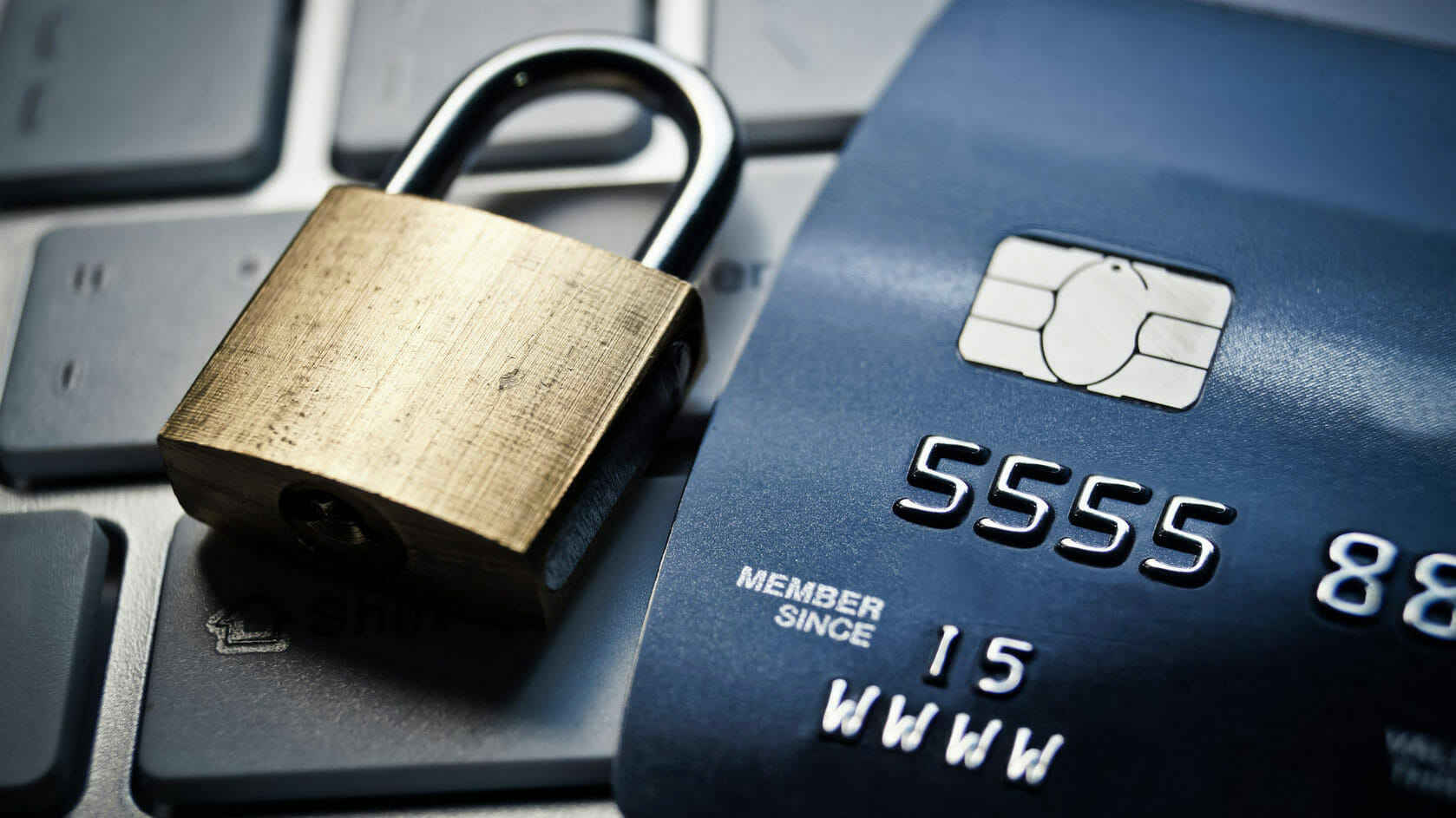
Secured credit cards work much like traditional credit cards. The main difference is that with a secured card, you pay a cash deposit up front to secure your credit limit. Although credit history can be used to determine eligibility for a secured card, the line of credit it offers requires a security deposit.
The number one reason people use secured credit cards is to rebuild bad credit. Secured cards are the best tool for this job as they almost guarantee approval and report account information to major credit bureaus on a monthly basis.
If you're a high-risk borrower or have trouble establishing or growing your credit history, a secured credit card might be a good choice for you.
Secured credit cards are almost the same as unsecured credit cards, except you must make a minimum deposit (called a security deposit) to get the line of credit. The deposit is usually $200, but can be higher or lower depending on the secured card you issue.
When a credit card is "secured", it means that money must be deposited with the credit card issuing bank in order to open the account. This money is called a security deposit.
It is held by the credit card issuer when the account is opened and is similar to a security deposit for a landlord renting an apartment.
With a secured credit card, you can build credit in as little as one to two months, but it can take months or even years to achieve a consistently good or excellent credit rating. The duration also depends on whether you are building credit from scratch or rebuilding damaged credit.
If you have poor or limited credit and don't have enough money for small deposits, you should get a secured credit card. Secured credit cards are available for people with bad credit because they require you to pay a refundable security deposit, which usually acts as your credit limit.
But even if you have enough money on deposit, you could be refused a secured card if your credit profile is deemed too risky for the lender. Each lender or card issuer has a set of criteria on the ideal borrower. This includes your credit score, income, and current and past debts.